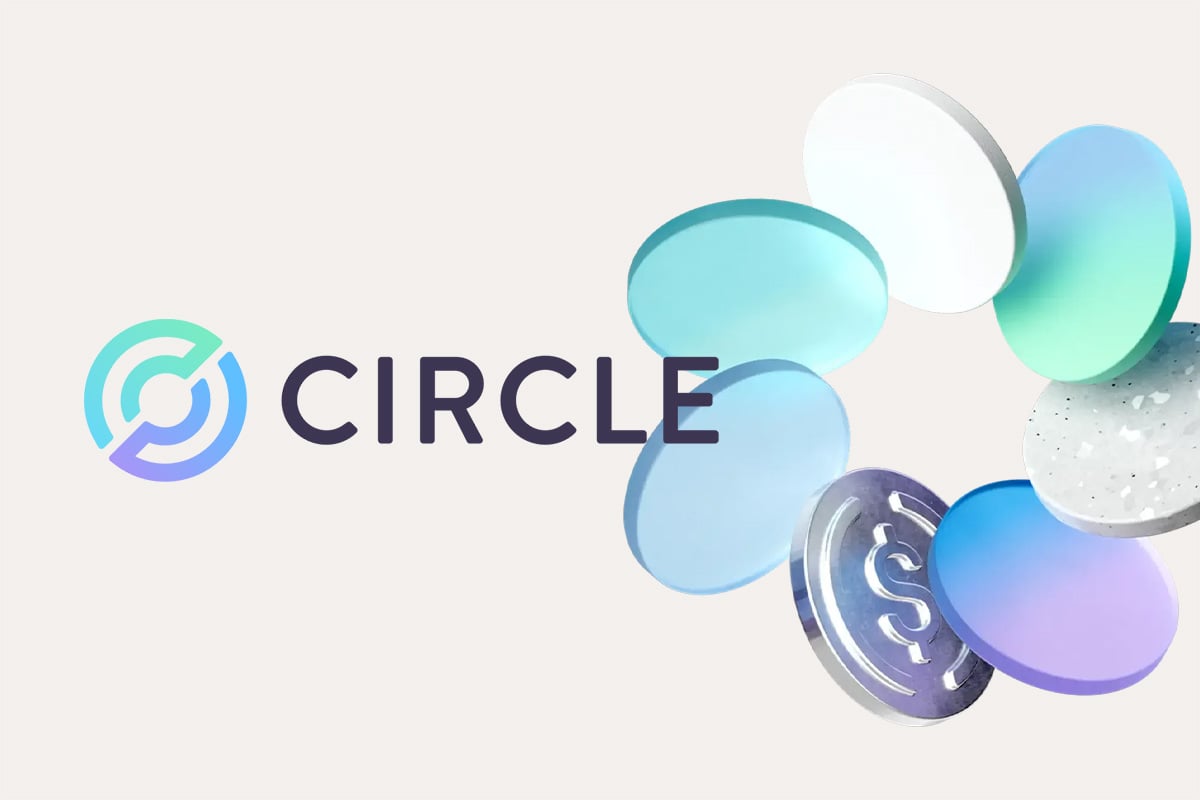TLDR
- Circle partners with Mastercard to enable USDC and Euro Coin settlement for merchants in Eastern Europe, Middle East and Africa
- Finastra integrates USDC into its Global PAYplus platform processing $5 trillion in daily cross-border payments
- Banks in 50 countries can now settle international payments in USDC while keeping fiat payment instructions
- These deals follow the US GENIUS Act passage in July, creating federal stablecoin framework
- Circle continues global expansion with recent partnerships in Asia including OKX exchange and major Korean banks
Circle has announced two major partnerships that will embed its USD Coin stablecoin into traditional banking infrastructure worldwide. The deals with Mastercard and London-based financial software provider Finastra represent the company’s latest push to integrate digital currencies into mainstream payment systems.
BREAKING:
MASTERCARD AND CIRCLE TO ENABLE USDC/EURC PAYMENTS ACROSS EASTERN EUROPE, MIDDLE EAST AND AFRICA.
CRYPTO IS GOING MAINSTREAM 🚀 pic.twitter.com/lLLIimVSbQ
— Ash Crypto (@Ashcryptoreal) August 27, 2025
Mastercard revealed Wednesday it will enable merchants and acquirers in Eastern Europe, the Middle East and Africa to settle transactions using USDC and Euro Coin. Arab Financial Services and Eazy Financial Services will be the first companies to adopt this service in the region.
This marks the first time Mastercard has offered stablecoin settlement options in the EEMEA region. The payment giant’s move follows growing institutional interest in cryptocurrency settlement methods.
Finastra announced a separate integration that connects USDC to its Global PAYplus platform on the same day. The platform processes more than $5 trillion in cross-border payment flows daily and serves banks across 50 countries.
Banks Can Settle in USDC While Maintaining Fiat Instructions
The Finastra partnership allows banks to settle international payments in USDC even when payment instructions remain in traditional fiat currencies. This hybrid approach aims to reduce reliance on correspondent banking networks that often charge high fees and process transactions slowly.
Chris Walters, Finastra’s CEO, said the integration gives banks access to blockchain payment innovation without building separate infrastructure. The company’s existing banking clients can now test stablecoin settlement while using familiar payment processes.
Circle CEO Jeremy Allaire described the partnership as combining blockchain technology with existing banking system scale and trust. The integration lets financial institutions experiment with new payment models through established channels.
Partnership Wave Follows US Regulatory Clarity
These partnerships build on momentum from the GENIUS Act, federal stablecoin legislation signed into law in July 2024. The bill created the first comprehensive regulatory framework for stablecoins in the United States.
Circle announced a partnership with OKX crypto exchange on July 31, introducing zero-fee USDC to US dollar conversions. The deal expanded USDC liquidity across Asia, the Middle East and Europe where OKX maintains strong trading presence.
In August, Circle executives met with CEOs from South Korea’s four largest banks including KB Kookmin, Shinhan, Hana and Woori. The meetings explored blockchain integrations and potential development of a Korean won-backed stablecoin.
Circle also joined a venture with SBI Group, Ripple and Startale focused on USDC adoption in Japan. The partnership includes plans for a tokenized asset trading platform handling real-world assets.
Stablecoin Market Growth Expectations
USDC currently holds the second-largest position in the stablecoin market with $69 billion in circulation. The total stablecoin market stands at approximately $270 billion according to current data.
Coinbase has projected the stablecoin market could reach $1.2 trillion by 2028. The forecast cites regulatory clarity in the US and increasing corporate adoption as primary growth drivers.
Circle went public earlier this year with its stock price rising as investors sought exposure to the expanding stablecoin sector. The company is also developing its own blockchain called Arc specifically designed for payment applications.






